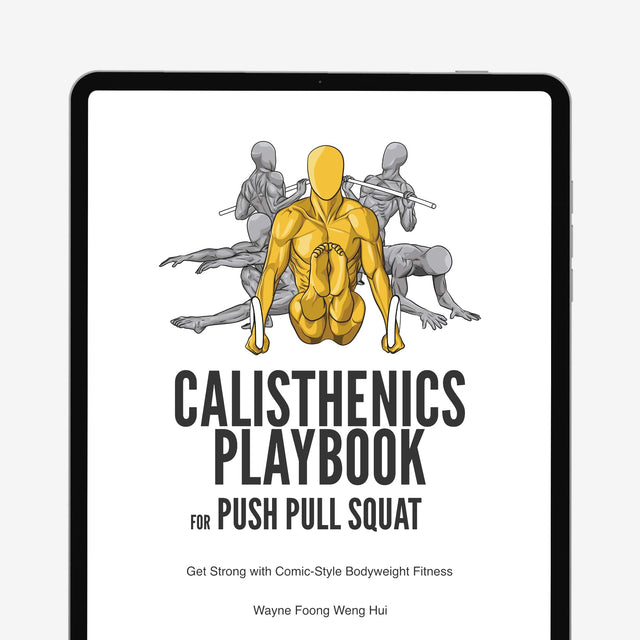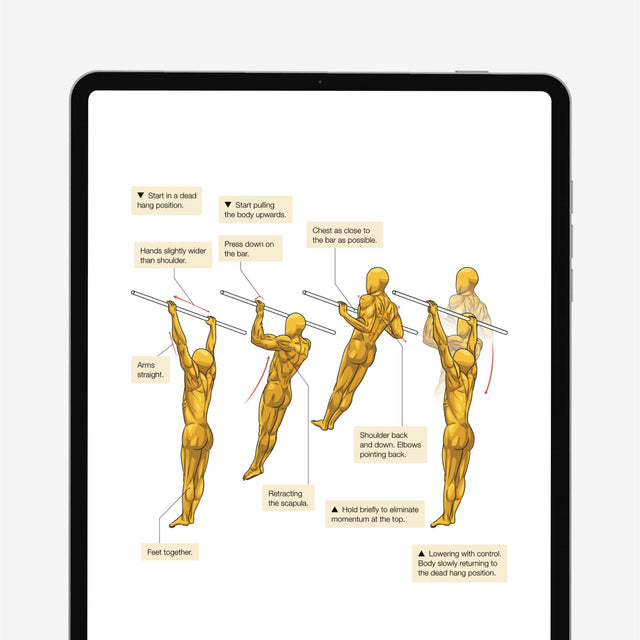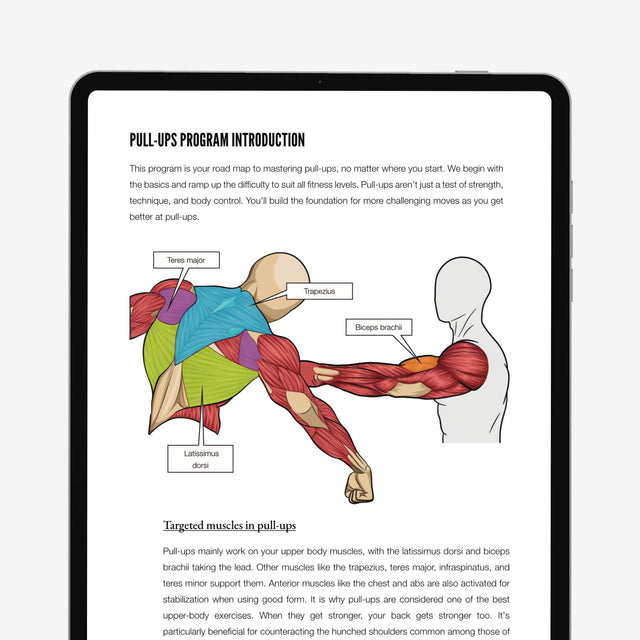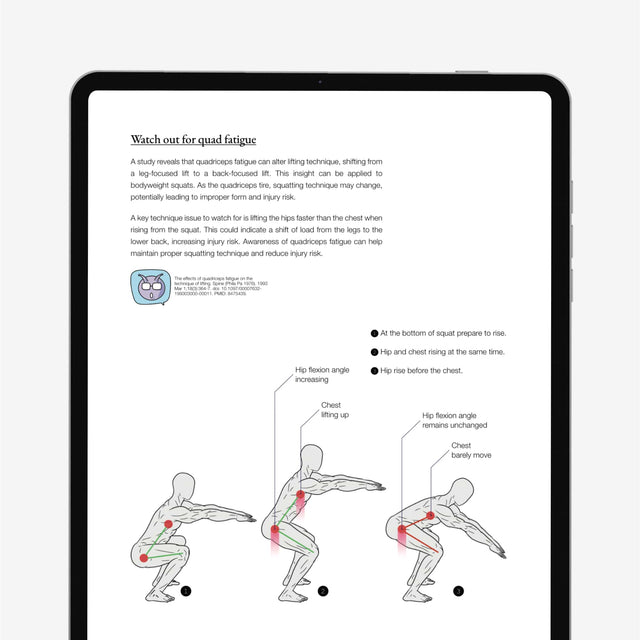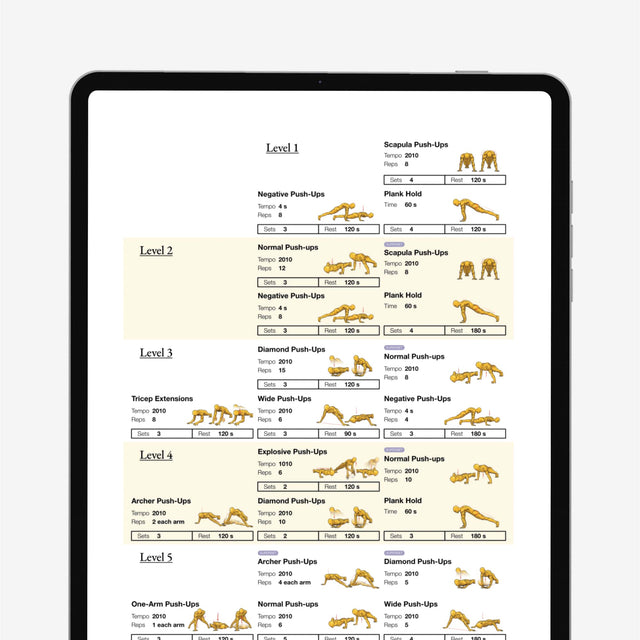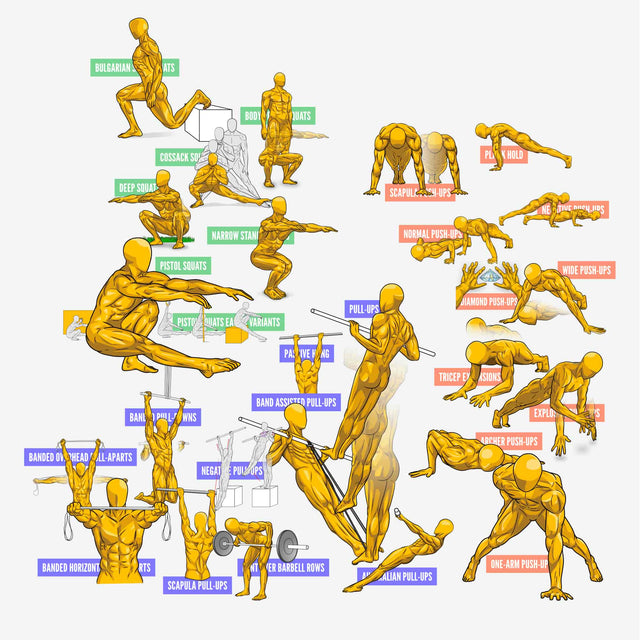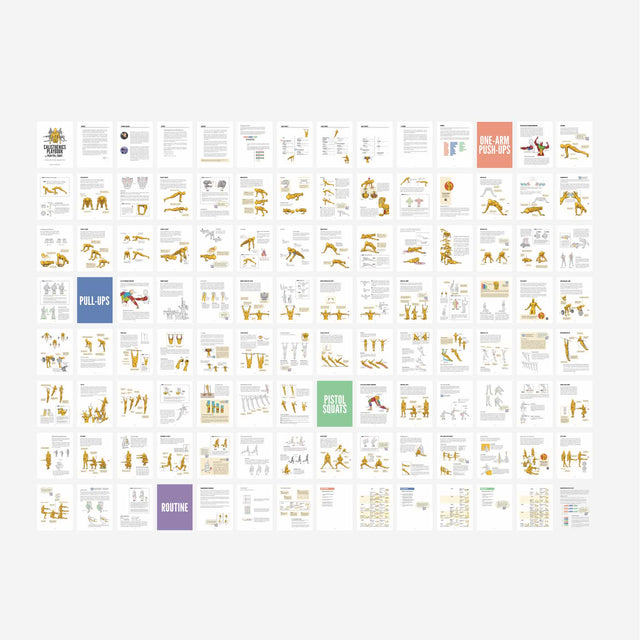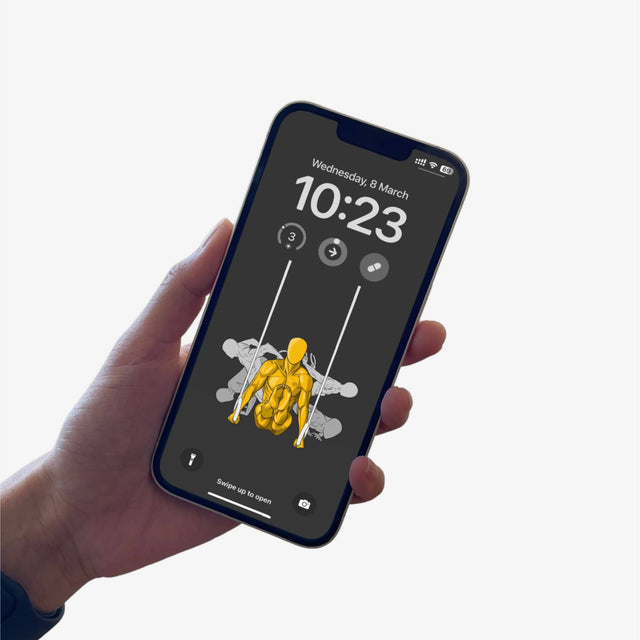4 Workout Tips to Get Fit for Sure (It's Not Hard)
Improving fitness is not rocket science. All you need is some gist of the fundamentals when it comes to workout routine and mechanism.
You will be able to build up your fitness steadily and surely.
First Tip: Are you training for strength or endurance?
Strength is an ability of the muscles or any other muscle-related structures like tendons, ligaments, etc., the ability to produce force in a short time.
Keep the maximum repetition you can do between 6-8 is optimal for strength and muscle gains.
Beyond that range, you are building for endurance.
Higher endurance gives you stamina so you can continue an activity without fatiguing too quickly during a prolonged period.
Second Tip: How long are you resting between sets?
For strength and learning new skills (like handstand), rest 3 to 5 minutes between sets is the best.
The idea is you want to perform each move with the best form and mindfulness to build muscle memory (neural adaption).
For hypertrophy (big muscles), rest a little bit less, between 1 to 2 minutes.
The lesser you rest between sets, the more frequent you are loading the muscles.
So the muscles can exhaust faster, tear more, and grow more.
For endurance (running, cycling, etc.), rest a little bit longer than strength because the goal is to lengthen the time before fatigue occurs through repetitively performing an action with limited breaks.
Rest about 20 minutes for one hour of endurance work without taking any break or water intake in between each set and cardio session.
Third Tip: Your muscles can only make three movements
And they are:
Isometric, eccentric, and concentric.
1. Isometric:
A static contraction that does not cause any change in depth. The muscle length remain the same. The idea is to maintain a position without moving.
The example is holding a plank.
You are keeping your whole body in a straight line from shoulder to toe.
2. Eccentric:
Begins at the peak of the lengthening phase to create tension on the muscle. Ends when the muscles are contracting.
Go down from top position in push-up is an eccentric movement for the tricep.
It is longest at the bottom (angled elbow), and shortest when you're at the top (straight arm)
3. Concentric:
Muscles contract during this time; this causes a shortening in length of the muscle.
Chin-up shorten the biceps muscle as you pull your body up and over the bar.
The muscle is shortest at the bottom (arm hanging) and longest when you're in top position (arms straight).
Fourth Tip: Progressive overloading for growth
In simpler words, make your workout harder, over a period of time.
It can be add more weights, more sets, or increase the distance if you are running.
Push your body to its limits so it can build up endurance faster by learning how to push through pain barriers effectively.
There is a simple sign you can look for if you are progressively overloading your workout:
You are getting uncomfortable in the session. That's because you are working beyond your previous limit and your body is struggling hard to accomplish that.
That's where the real growth starts!
What did you think?
Spend some time studying how you can optimize your training plan or movement can be worthwhile.
Knowing the fundamentals of fitness can make workouts more productive.
So you wouldn't be running 30km every day and still wondering why your hypertrophy isn't performing.

